A while back, we ran a post showcasing The Top 10 Most Underrated Engines of All Time based on responses from Summit Racing’s Facebook and Instagram pages.
This time around, the Summit Racing team flipped the script, asking simply:
***
“The greatest high performance engine of all time is _______.”
***
And surprise, surprise, over 1,000 people chimed-in with their thoughts. We collected the reader contributions and built a Top 10 list based on that feedback—here’s what we came up with.
Please note, sometimes folks gave us a specific engine, others gave the entire engine family, so we made some necessary compromises.
***
10. American Motors AMX 390/Tall-Deck 390
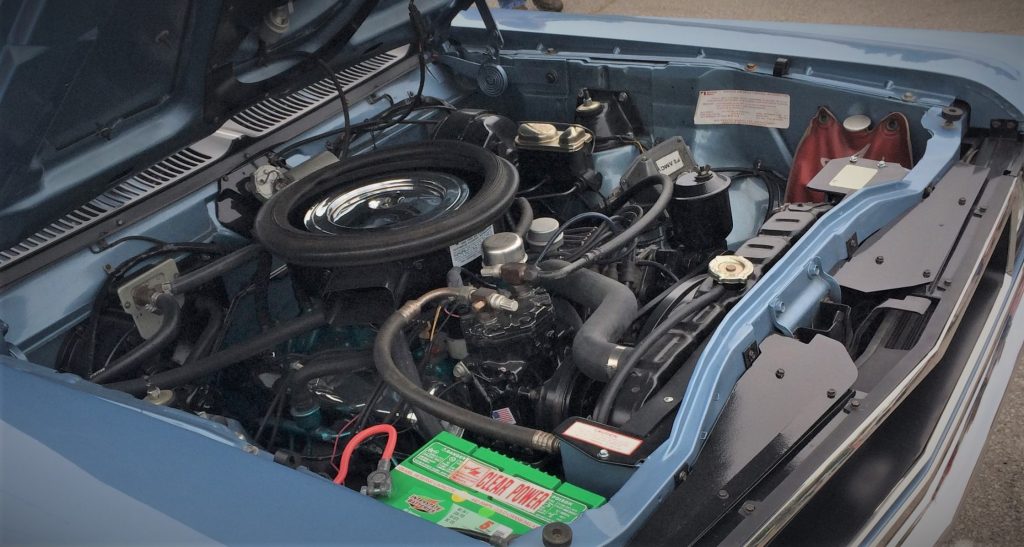
Fun fact, there are actually two distinct types of the AMC 390. The first appeared as the short-deck version of the second-generation AMC V8 and used in AMC’s new Corvette fighter, the AMX. It was made for 1968 and 1969, before being replaced by the third-gen “tall-deck” 390 in 1970. The latter 390 only lasted for one year, as it was punched out to 401 cubic inches for 1971. In addition to being found in the AMX, you could get an AMC 390 under the hood of cars like the Javelin and Rebel Machine.
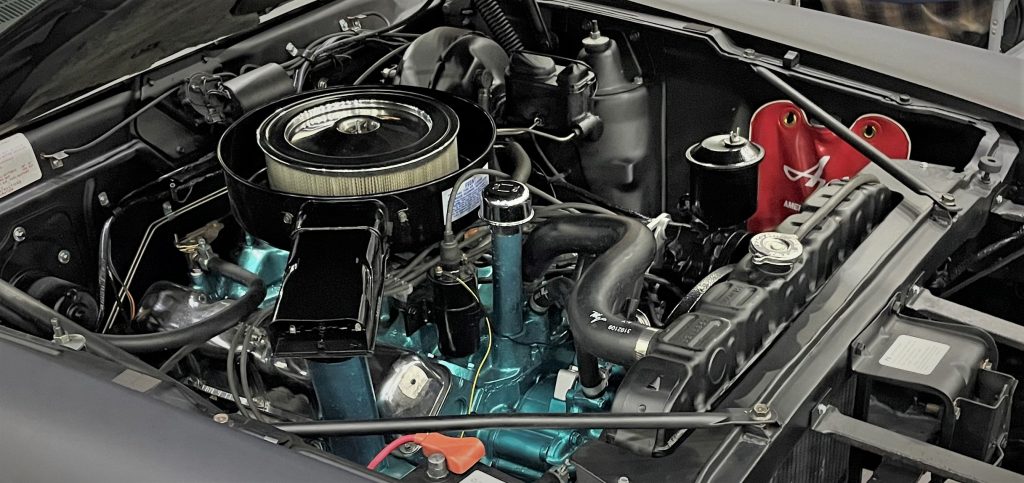
Scott C. was the first one to call out the AMC 390 as “my choice, hands down!” And Peter M. concurred, saying “The 390 is a very underrated engine.” Burton W. spread some AMC love around by suggesting the aforementioned AMC 401 too.
***
9. Rolls-Royce Merlin
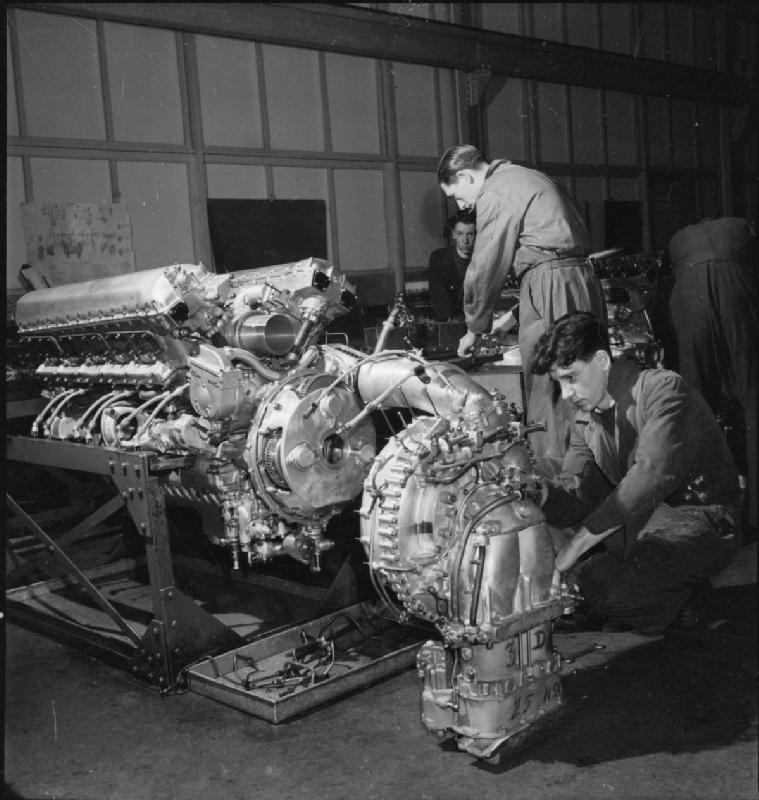
Look, Summit Racing didn’t specify that it had to be an automobile engine here, so we were happy to see folks like Rod T. submit the Merlin for consideration. Though it’s largely remembered for powering warbirds, Nick W. reminds us that it was used in trophy-winning race planes too.
Mike D. chimed in with “Great plane engine, but sadly doesn’t fit in most cars though.” Yet another commenter, Roger P. was quick to point out that “Yeah it does, you just need a little imagination, some skill, and some tools.”
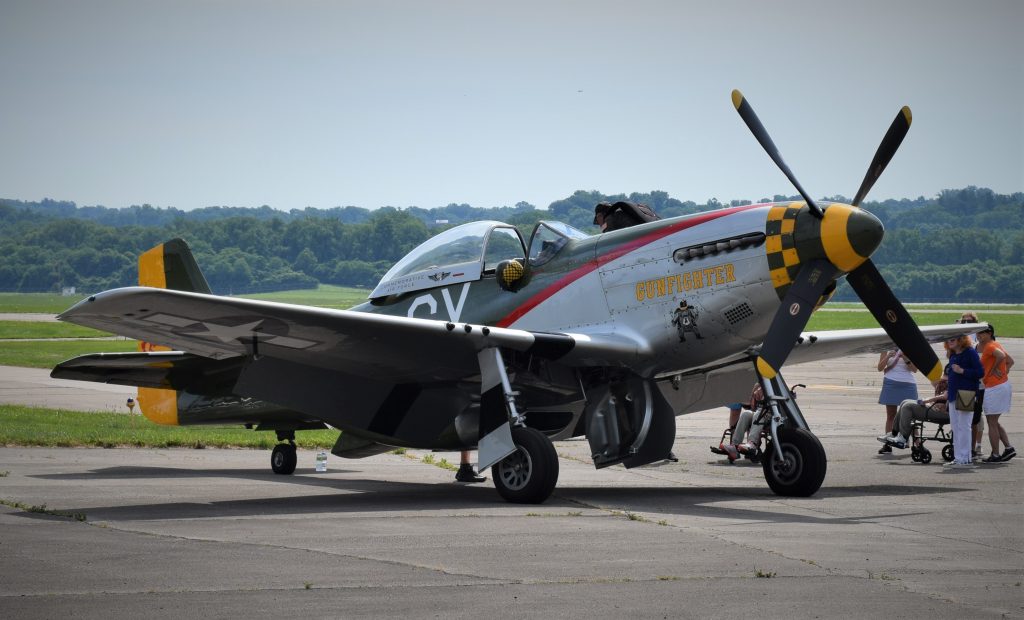
Developed by Rolls-Royce, the Merlin was also built under license by Packard here in the United States, and would go on to power some of the Allies’ most formidable fighters during World War II, namely the P-51 Mustang and Supermarine Spitfire. You can learn more about the engine here: The Merlin: How Rolls-Royce Teamed up with Packard to Help End World War 2
Runner-Up? A few folks brought up the Pratt & Whitney J58 engines that propelled the incredible SR-71 Blackbird. But we figured the Merlin would be a tad easier to stuff into a street car. Maybe.
***
8. Chevy DZ 302 Small Block
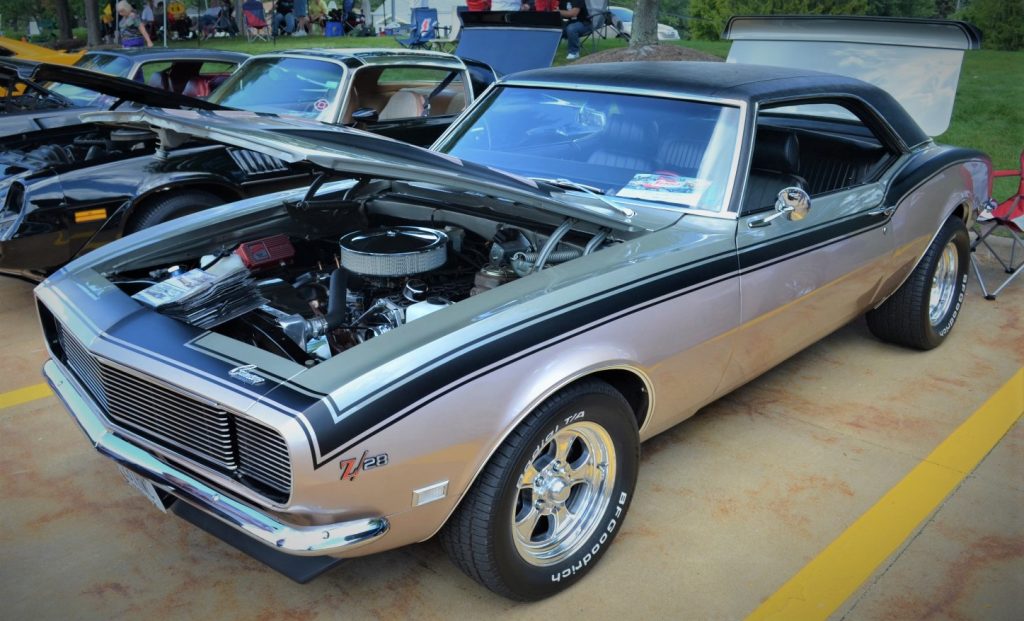
When Chevy wanted to take its new Camaro racing in the Trans Am series, it needed an engine that would slip under the SCCA’s 305 cubic inch displacement cap. So, engineers went to the Chevy parts bin, took the crankshaft from a 283 small block and shoved it into a 327. The three inch stroke and four inch bore worked out to a tidy 302 cubic inches—and the legendary Camaro Z/28 302 was born. Rated by Chevy at “just” 290 horsepower, thanks to a hot cam and and other key upgrades, the powerplant actually made closer to 400. It was short-lived fun though, as the 302 was replaced by the LT-1 350 in 1970, as the Camaro entered its second generation.
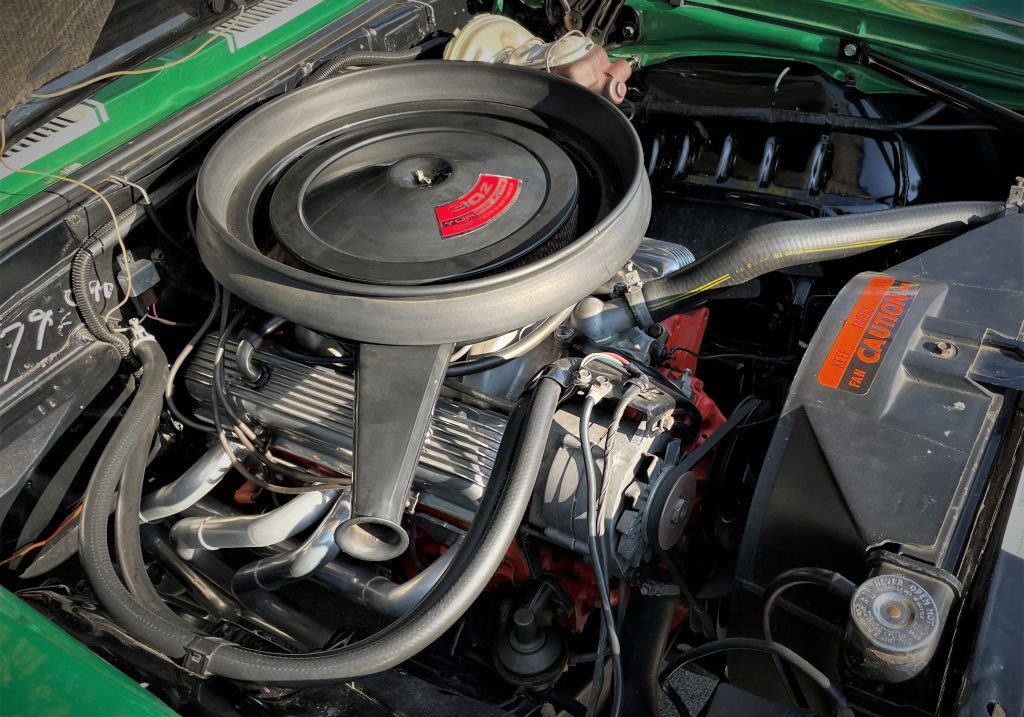
For a bit more qualitative analysis, Paul D. explains that “the DZ was a beast,” while Kimmo P. simply states “the SBC 302 rocks.” At the very least, Jose A. says “the overlooked Chevy 302 was something unique” and David S. calls it a “great option.”
***
7. Ford 351 Cleveland
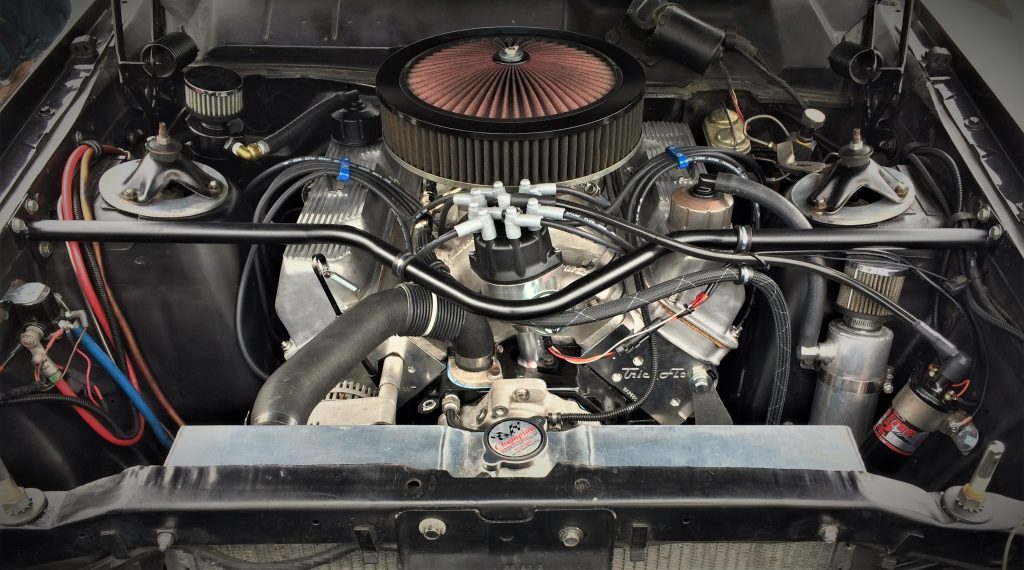
Completely distinct from the 351 Windsor, the 351 Cleveland was the go-to performance engine for many Ford faithful throughout the 1970s and 80s, before the aftermarket caught up with quality performance upgrade parts for the 351W.
Not sure of the distinction? Read this: What’s the Difference Between a Ford 351 Windsor, Cleveland, or Modified Engine?
Though it only appeared on American shores from 1970-74, it remained in production in Australia for well over a decade, helping cement its status as a competitive powerplant.
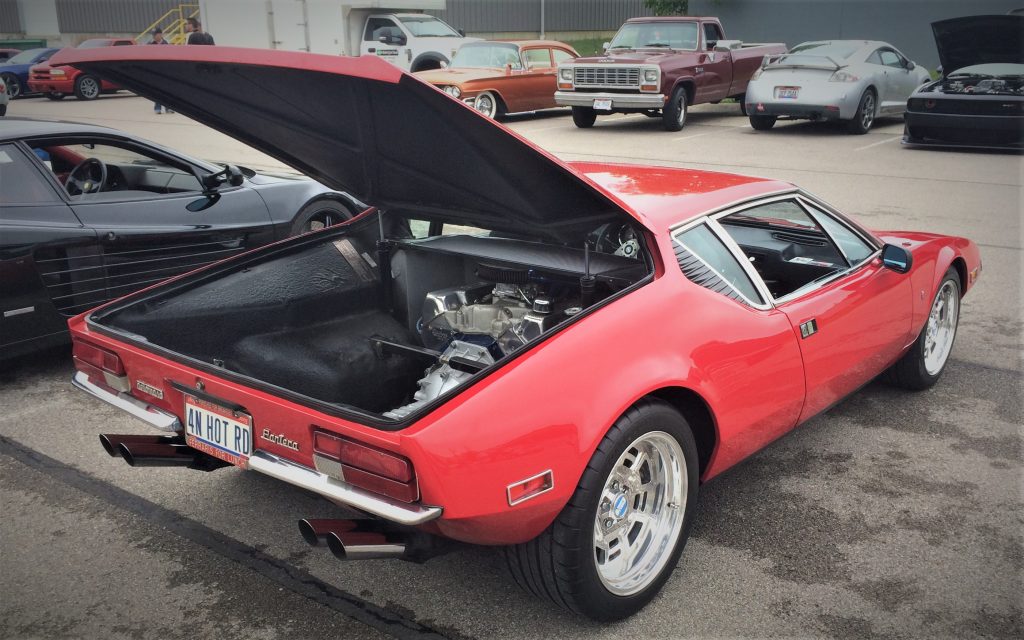
Interestingly, the 351C is when we started seeing folks dissect the nature of Summit Racing’s original question, as Allan P. describes. “Well, you need to elaborate, are we talking about only using OEM parts? If so, the Ford 351 4V Cleveland.”
But plenty of others were a bit more direct.
“The 351 Cleveland was indestructible. It could take whatever you threw at it,” says Mike A. Following a similar sentiment, Ryan E. adds “look what Bob Glidden was able to accomplish with it.”
And Hickory W. offers a further consideration. “If it ain’t the greatest, it sure is the prettiest-sounding one!”
***
6. Chevy 350 (Family)
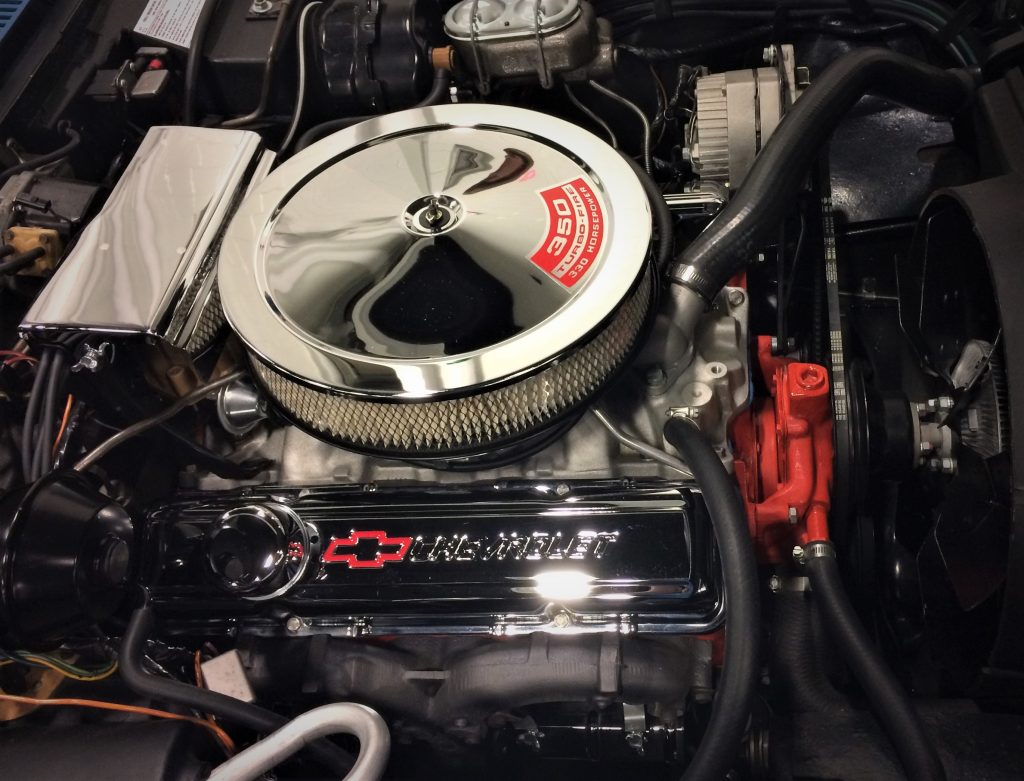
OK, this is where picking a specific engine gets tricky.
Beyond just saying “Small Block Chevy,” plenty of folks suggested the ubiquitous Chevy 350. Yet many didn’t specify which fighting trim, so we opted to just generalize it all under the 350 umbrella. And that’s not surprising, because the 350 has been through a lot, appearing near the end of the 1960s musclecar heyday and soldering on in various forms until the arrival of the heralded LS series in 1997—which by the way, also bowed with a 350ci (5.7L) displacement LS1.
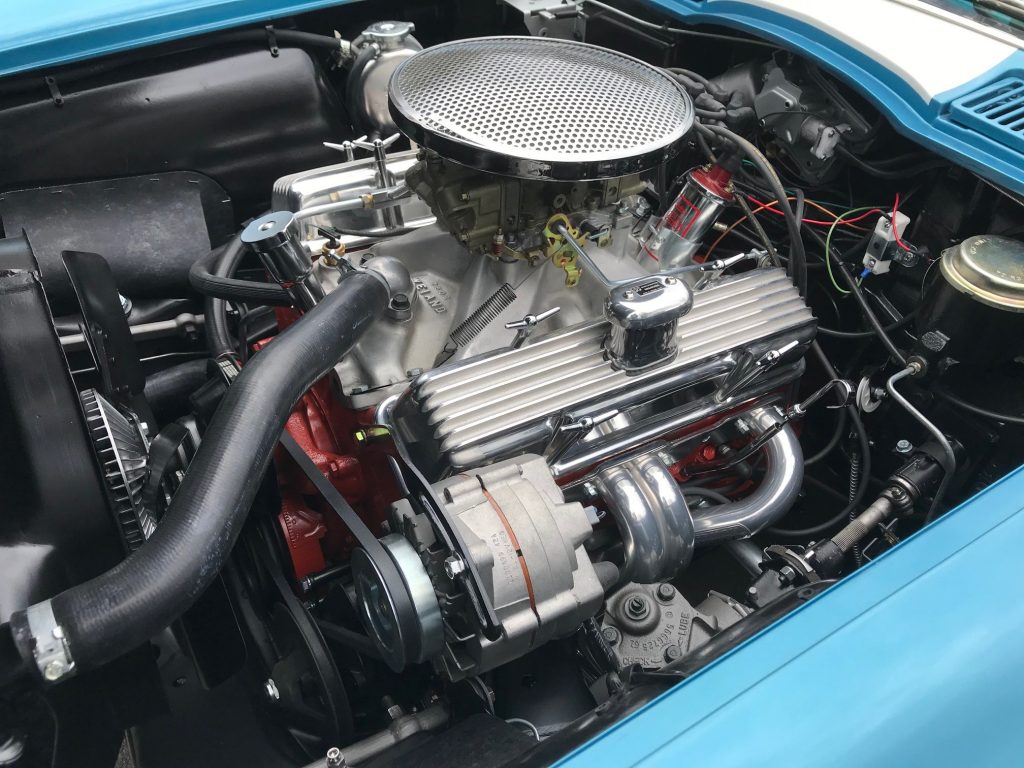
As with the Ford 351C above, the Chevy 350 caused some gearheads to ponder the overall nature of the question.
Remember Allan P. and his comment on the 351C? Well, he followed up with “If you talking about with all the aftermarket add-ons, then Chevy 350 will reign supreme.” And that sentiment was echoed by Richard D. with his comment “If most popular, then maybe the Small Block Chevy 350.”
Yet Jeff L. gives plenty of reasons why the 350 deserves a nod on the list, “Not the most horsepower or cubic inches, but all around interchangeable parts, low cost, reliable, and easy to work on.” Manon P. was a bit more generous with “the 350 Chevy has been put in every car ever made and most trucks.”
Perhaps T.J. summed it up best with “it’s about the most hot rodded engine ever and came in many different performance packages.”
***
5. Pontiac 455 (HO & SD)
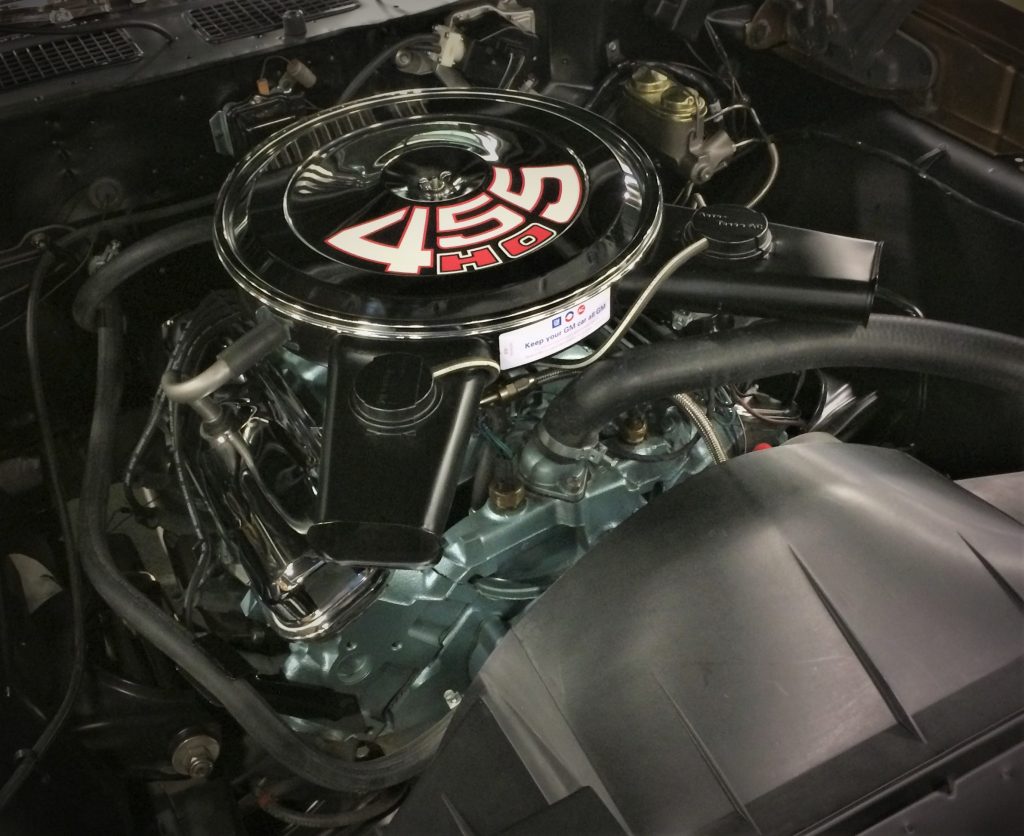
Matthew L. came out swinging with his nomination of the mighty Pontiac 455. “Only Pontiac had the [guts] to release a high performance engine in the EPA era when all the other manufacturers were pulling their engines from the market.” Folks like Glenn F. agreed, and Ted F. alluded to another engine on this list in his comment, “a close toss up between the Pontiac Super Duty 455 and the Chevy LS6 454.”
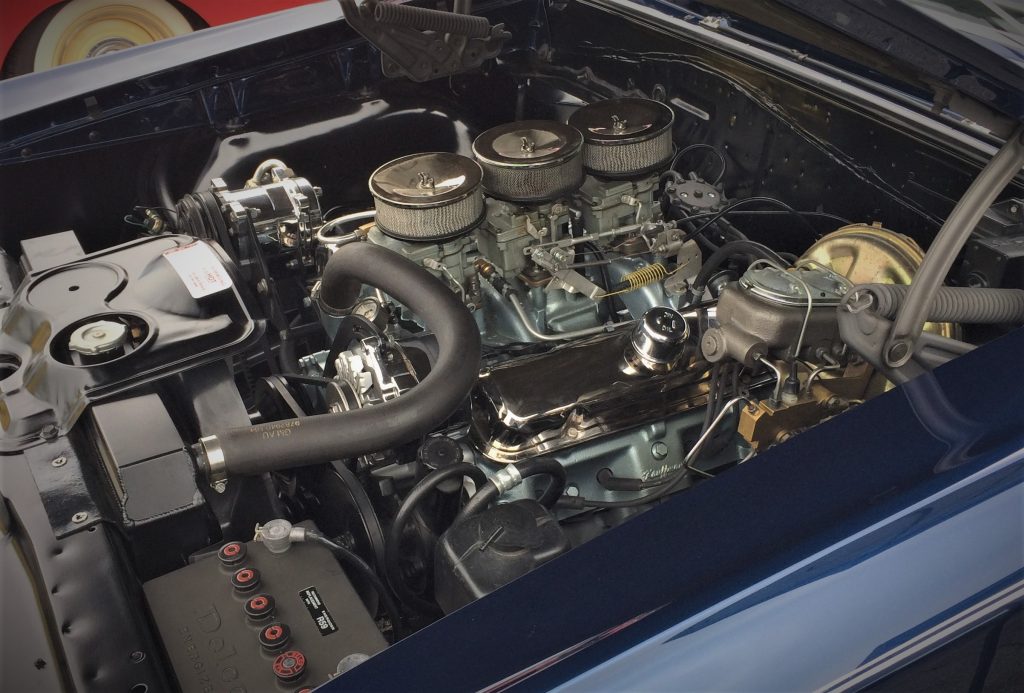
While several commenters just offered the Pontiac 455, a few included either the HO/High Output or SD/Super Duty designations. And that’s an important distinction to make, as the Poncho 455 came in a few flavors. The 455 HO showed up in 1970 and at its peak, made around 360-370 (gross) horsepower, depending on the vehicle. Conversely, the 455 SD arrived for the 1973 model year, and emissions compliance meant that it was cranking out 290 horsepower (net).
Yet after its retirement in 1976, many credit the 455 as being the last of the “big” power engines stemming from Detroit’s horsepower wars of the late 1960s.
***
4. Chevy Big Block (Family)

Remember the Chevy 350, when we said folks didn’t always spec out exactly which 350 they meant? Well, the same holds true for the Chevy Mark IV Big Block.
In fact, there wasn’t much of a distinction made among the commenters between the W-Series Big Block that begat the 409 and the later Mark IV Big Block that found fame in the late 1960s musclecar heydey. “The BBC will make the most power normally aspirated. Total pro stock domination over the years,” explains Randy F.

There was no shortage of specifics though, and we heard some familiar alphanumeric RPO codes
“Hard to be a [427] Chevy L-88,” claims Skip P., which led Rob R. to support that by simply saying “The L-88 was a beast!” Continuing the 427 train, Eric D. offered his take on the uber-rare ZL-1. “A beautiful whittled down chunk of aluminum.” David D. concurs, adding “427 Chevy. Awesome motor.”
Not to be overlooked, Harold R. quickly added “454 LS7 Chevy big block” to the discussion.
***
3. GM LS (Family)
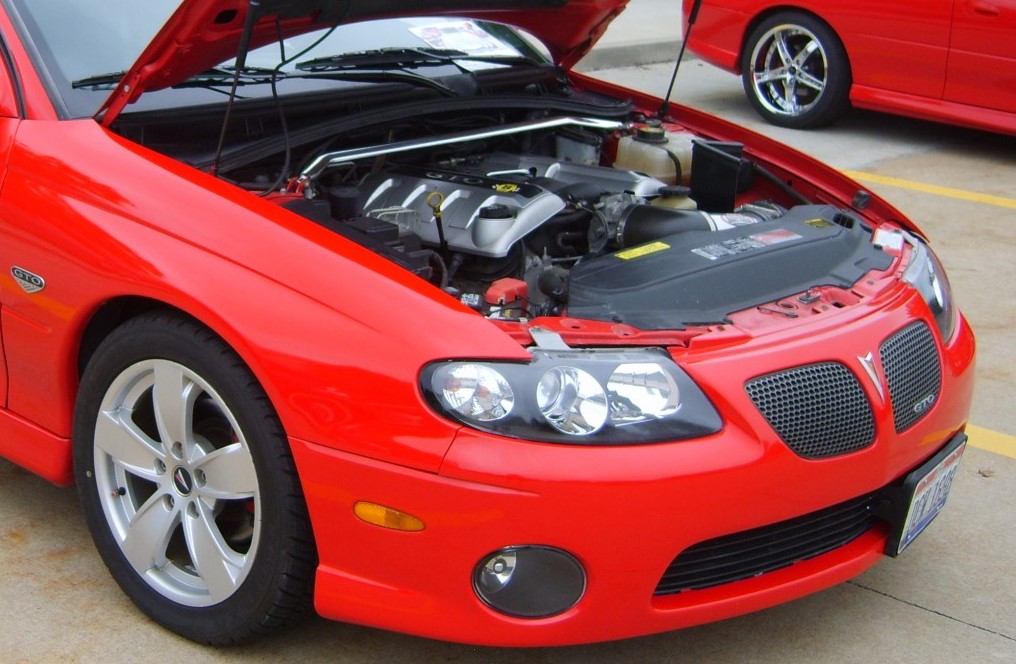
Just like the Chevy 350 and Big Block listed above, quite a few commenters just chimed in with “the GM LS.”
Problem is, the GM LS family includes an massive line of distinct engines, ranging from the front-wheel drive 5.3L LS4 to the naturally-aspirated glory of the 500+ HP 7.0L LS7. So while we would’ve loved to narrow it down to a single powerplant, we decided to lump all the LS engines together.
“Has to be the LS family,” says Robert G. “So many options and possibilities, from high-boost drag monster to short-stroke road course king.” Robert R. continued with “reliability, versatility, and unlimited potential.”
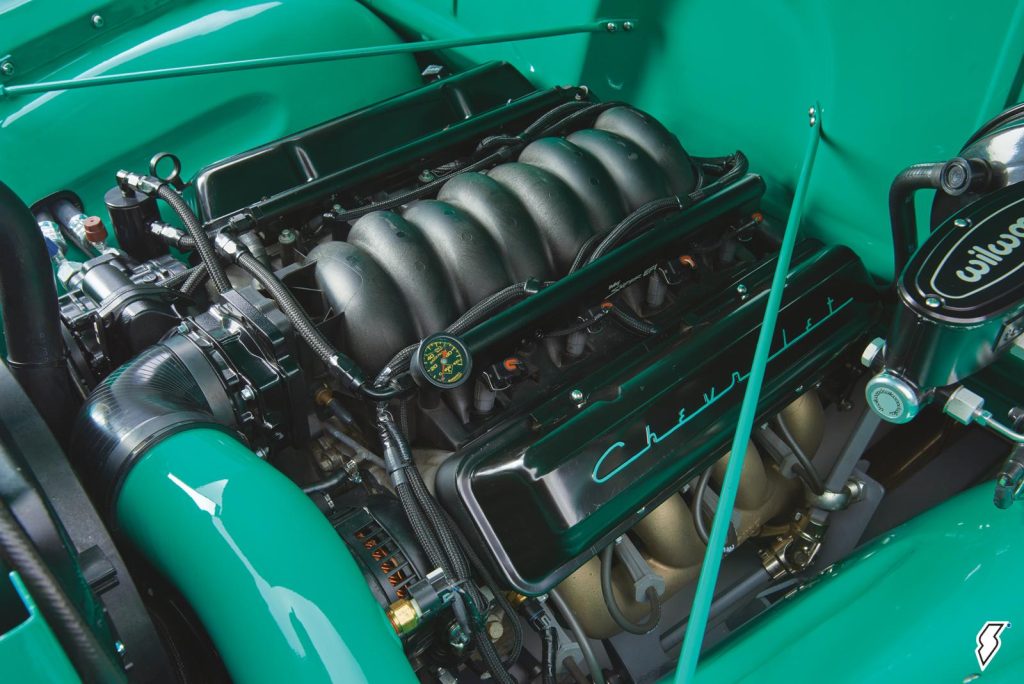
But just because we’ve got the LS as a single entry doesn’t mean gearheads didn’t offer up some specifics, either.
“LS9, the possibilities are endless,” says Paul W. Then, Ben H. gives his nod to the LS6/LS7. “They’re light, make great power stock, are easily upgraded, and the dry(ish) sump design make them perfect for off-roading and road racing.”
Allen E. closes with “LS family all day. Even if you don’t like Chevy you have to admit how great these engines are.”
***
2. Chrysler/Mopar 426 Hemi
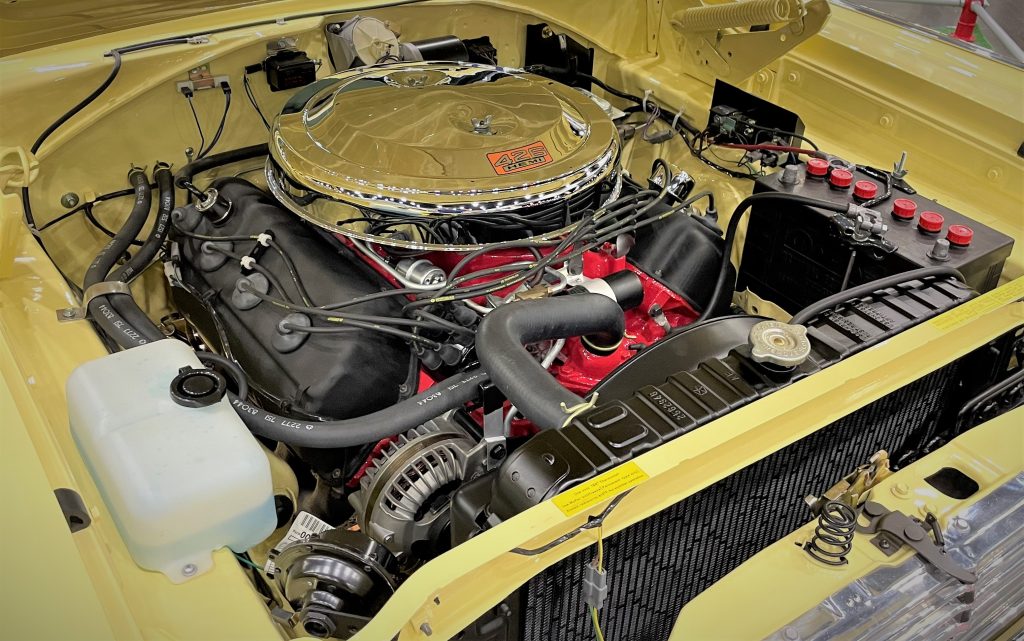
Yeah, honestly, when it came to our list, the order was first, then second…and then everybody else. That said, coming it at number two is the only engine that has its own nickname, became its own buzzword and, begat an entire marketing campaign.
“That thing got a Hemi?” is as relevant today as it was when the Elephant engine first rumbled out of Detroit. Finding a 426 under the hood of, say, a Barracuda or Charger immediately jumps the value through the roof and its signature exhaust burble is music to every gearhead’s ears.
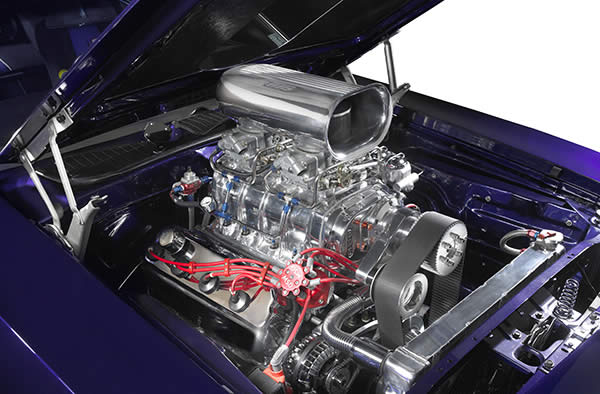
Here’s just a sample of what folks said:
- “Even as a Ford guy, I have to go with the Hemi. There’s really nothing that comes close.” – Louis L.
- “The 426 Hemi was damn near unbeatable during the 1960s.” – Richard L.
- “Nobody in any upper drag racing class is using Chevys and Fords. And all those Pro Mods jumped ship and switched to Hemis.” – Pete F.
- “Hemi’s been the foundation of the highest HP engines for decades.” – Byron M.
- “It is all subjective, although only one engine has their own class in the NHRA S/S class…” – Brian B.
- “The real motor with the spark plugs in the middle of the valve covers.” – Michael V.A.
***
1. Ford 427 SOHC “Cammer”
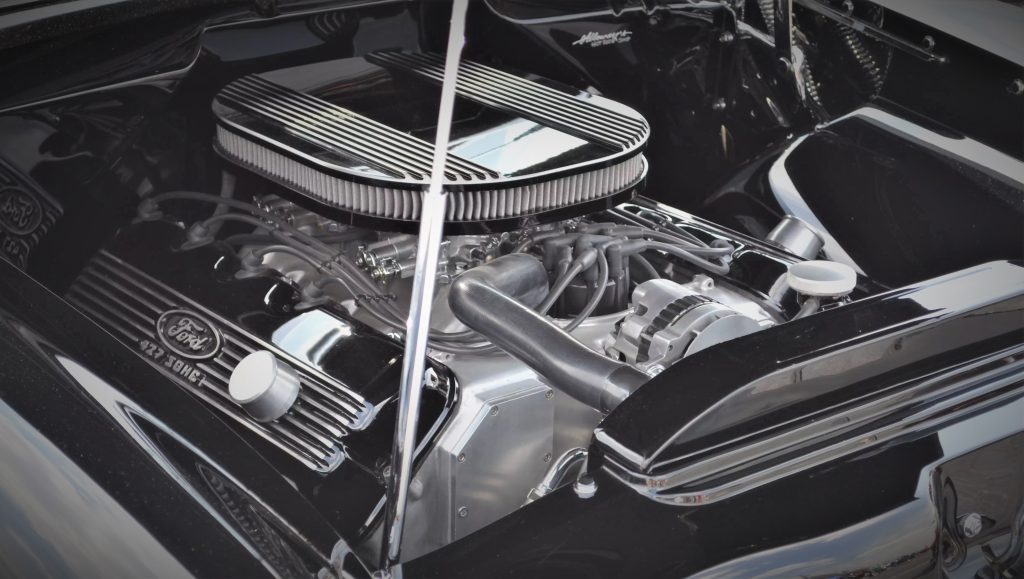
Behold the engine that pushed the Mopar 426 Hemi from the top spot.
Nicknamed the “Cammer,” the engine is basically a 427 Ford FE block with a single overhead cam placed in each cylinder head, driven by a six-foot long timing chain weaving its way around the front of the engine.
About half the comments alluded to the fact that Ford’s “Cammer” was banned from NASCAR competition, which ignited a lot of discussion as to why. While the circumstances around the ban aren’t as cut-and-dry as some folks think, it’s essentially true. Kept off the NASCAR Speedways, the OHC Ford 427 achieved its legendary reputation elsewhere, namely in NHRA competition alongside names like Kalitta and Prudhomme.
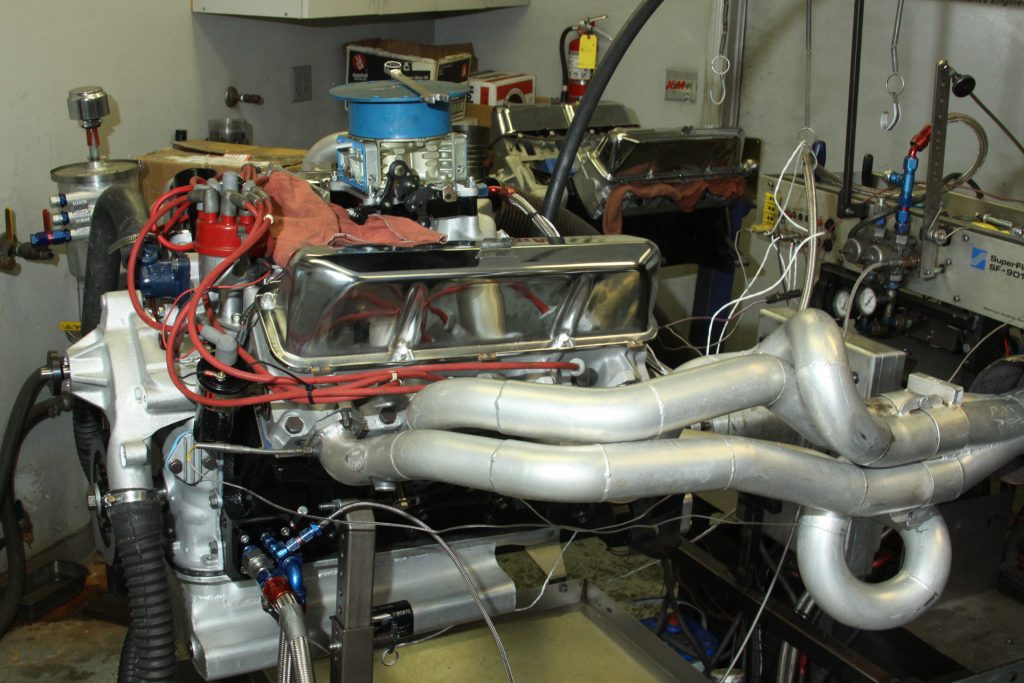
Just like the Hemi above, we’ll simply list some of the Cammer comments from the Ford faithful:
- “Clearly the 427 Cammer engine.” – Ryan G.
- “The Ford FE is the best of all time, since it includes the 427 SOHC & 427 side oiler.” – Doug D.
- “Banned by NASCAR because it was too much!” – Robert S.
- “Chrysler did not want to compete against that engine.” – Norman T.
- “Not a Ford guy, but the 427 “Cammer” was quite a build.” – David J.
- “The OHC 427 could have very easily been the best engine. It was decades ahead of others.” – Chuck H.
- “The Ford 427 SOHC, which was 660 hp, right out of the crate.” – Jeff D.
- “Ford’s FE (specifically the 427) is the greatest by its range of success. It won at LeMans, Pikes Peak, NASCAR, USAC, NHRA, SCCA, and more.” – Cody S.
- “Looks like the 427 Ford is the correct answer.” – Bennie E.
***
Honorable Mentions
We couldn’t cap this list at 10, so here are a few other nominations that deserved a shout-out.
- “Saturn V” – Shad S.
- “The overbuilt 2JZ from Toyota and Honda’s K20.” – Ryan D.
- “Toyota 2AZ-FE. 4 cylinders of Camry and Tarago fury.” – Michael J.
- “Ford DFV, competed in Formula 1 for 16 years.” – Michael F.
- “The Aussie Ford Barra 6-Pack.” – Rusty C.
- “Ford Godzilla engine!” – Rod G.
- “Ferrari Tipo 053 3.0L” – Jon M.
- “The Buick 455 Stage 1” – Richard H.
- “Ford Cosworth” – Gary H.
- “Ford 6.7L PowerStroke” – Brady S.
***
Disagree with the list? Let us hear about it in the comments section below!

I’ve got to say, the 370 inch LQ4 with a TVS2300 blower in my Olds Delta 88 makes for a truly hilarious – and low-maintenance – daily driven hot rod.
7.3 Power Stroke, the million mile motor.
Well, always give my heart to GM LS.
Can’t deny the power/reliability of an LS.
They never outlawed the 427 sock or band it they put a weight restriction the motor already weighed 720 lb if I remember right it was 3 pounds per cubic inch so weighing over a thousand pounds more in just restrictions not including the motor Ford said thanks but no thanks and went to drag racing .Then you have the Boss 302 many more horsepower than the
Chevy 302 so I don’t know why that’s even there . Then you have the 350 ahead of the Cleveland four barrel come on Bob Glidden
5 national champions with that 351 four barrel against Big blocks keep in mind it’s still considered a small block that head will fit right on 302 then you don’t mention the Boss 429 which would probably be a tie with the 426 hemi and then the LS comes in third place it is nothing but a fordolet remember Bob glidden’s 4 barrel Cleveland that head will fit on your LS with very little modifications
They had to go back to the seventies to steal somebody else’s ideas to get where they’re at now so I don’t think they should even be there sorry Chevy boys as far as I’m concerned Fords at the top three spots they can share a second place maybe with the 26hemi I still think the b29 can get around it.
Exactly…If they knew who designed the LS motors theyd cry
What about the Ford family big block engines? What about the boss 302, the 289 hypo?
I submit that the greatest is the Ford GAA. It originally powered the M4A3 .. aka the Sherman tank! A V-8 1100 ci, DOHC, 4 valves per cylinder, aluminum block. In 1943! 500 hp on 80 OCTANE GAS (so they could operate all over the world, which they did) with 2 500 cfm 2 barrels, and more torque than just about any rubber tired vehicle can handle. There are still some around, and the rodders make the most of them. Well, now you know where the cammer came from. The links below are just three of many that tell the development story and how they perform today. They can take just about any mod you can throw at them.
https://www.theshermantank.com/sherman/the-motors-four-motors-made-it-into-production/
http://www.fordgaaengine.com/
https://www.jalopyjournal.com/forum/threads/ford-biggest-block-part-2.160380/
7.3, MY ‘99 F350 engine. Gotta be listed :).
Sour grapes… Chrysler Hemi is the 1st engine to 180…200…230…300+…Chevy used Chrysler’s design to come up with it’s ‘mystery’ engine in 1963…yes the ‘Cammer’ is a 90 day wonder… congrats…but Chrysler had one one stand…the A 990…dual overhead cams…so bring it on……Car Craft in the 70’s named the Hemi his ‘Majesty’….The GOAT…..
Yeah there’s no real choice here. For racing success, it’s either the Ford 427, Cosworth DFV, or 426 Hemi. Hemi for it’s drag dominance from 1973 onward, 427 for it’s dominance of all motorsports in the 60s (plus the Cammer was, in stock guise, unmatched among NA engines for decades, and given that it makes 740 hp+ on the dyno you could argue it still is among V8s), and the Cosworth DFV for being a dominant F1 motor for over a decade.
Every body now days will throw an LS engine in any brand of vehicle especially old school restorods , But who waste their time on a Ford Mod or Coyote engine or a Hemi to put into a restorod. Not that nobody does? But the Chevy small block has been by far the most successful V8 engine sold around the world PERIOD! End of story, and there is obviously a good reason for it as it is the cheapest to make big power from, was constructed well enough to support more horsepower without tearing the whole engine apart and it has by far the largest after market support of any other V8 whether its the first generation or the 6th generation.
Even if you HATE GM ? Most people still realize that this is still one respectable motor.
How can you make a list of engines and not mention the 2JZ
Hard to by-pass the 340 Duster. What a beast!